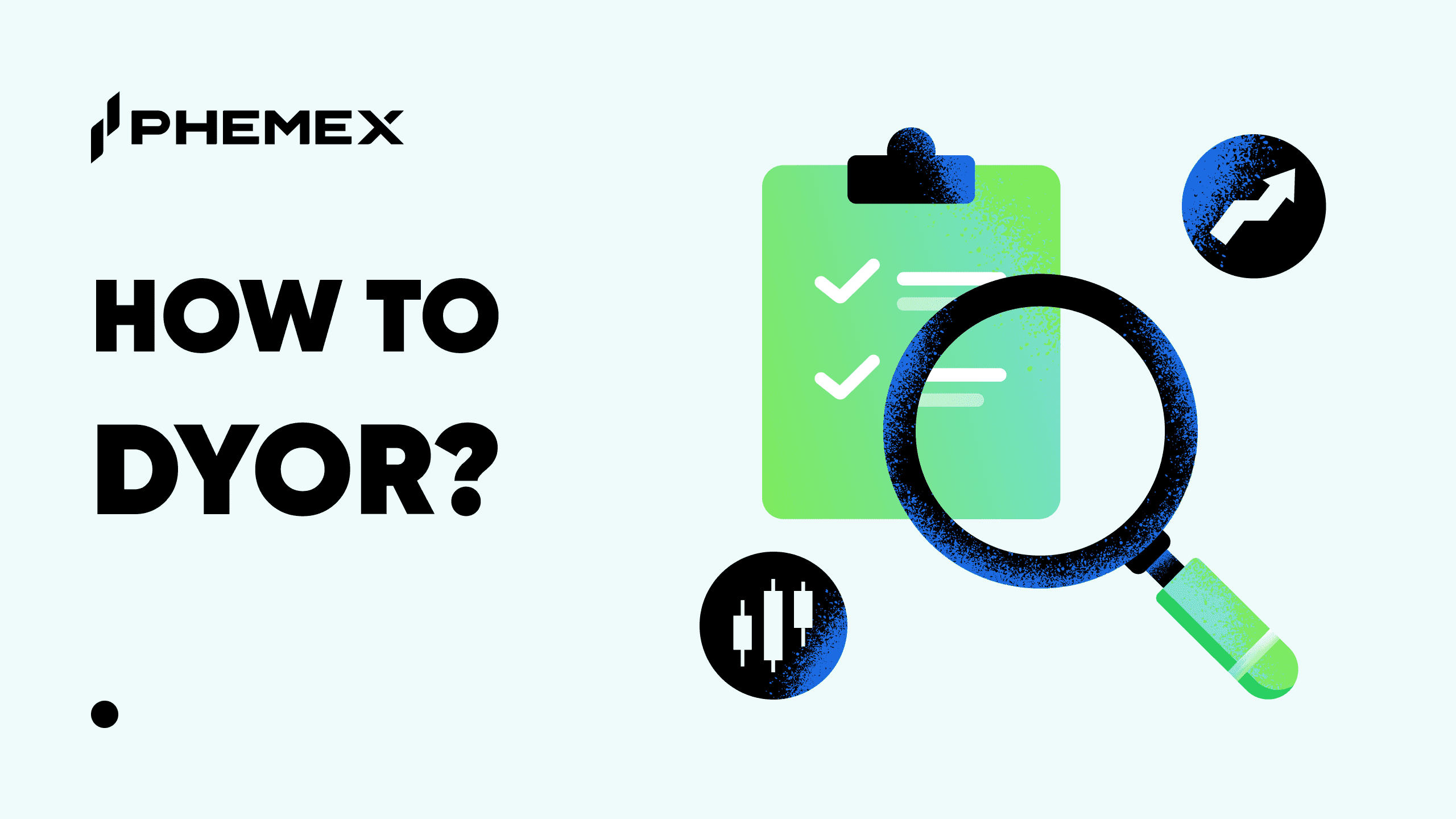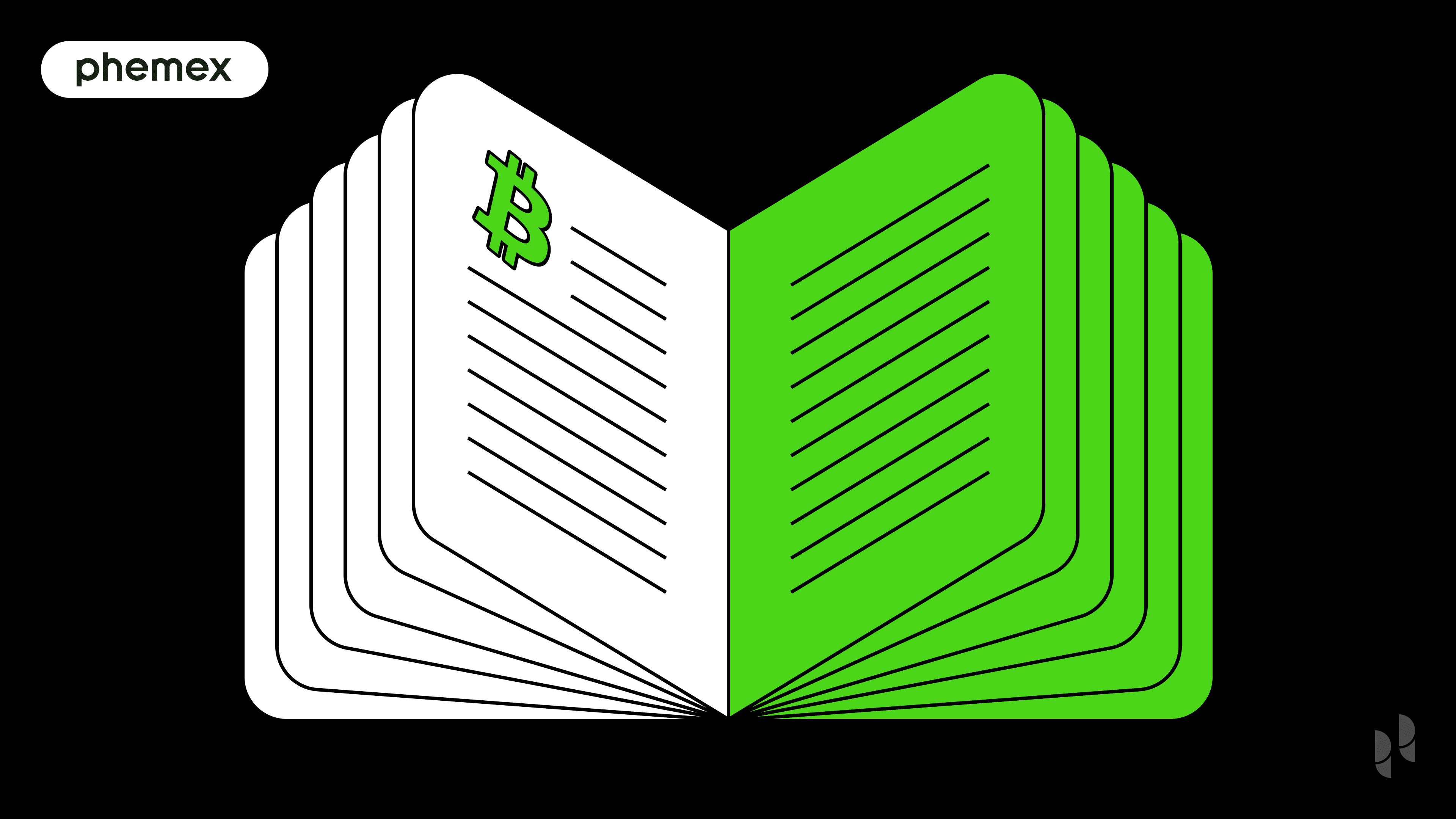Having a portfolio means that you have invested in more than one asset. Portfolio allocation refers to what percentage of an investment is allocated to each asset in that portfolio. For example, an investor might allocate 63% of their money to Asset A, and the remaining 37% in Asset B. Making the right choice in this matter is important, not only to ensure the best returns possible, but also to mitigate risk. When talking about crypto, having the right allocation is even more important, because although crypto can give very high returns, it is also a very high-risk sector with lots of volatility.

What Is Portfolio Allocation in Crypto?
Portfolio allocation in crypto is the amount of an investor’s portfolio dedicated to crypto. In addition, within that crypto allocation, there will be allocations to different crypto coins or tokens. When investing in cryptocurrencies, portfolio allocation is particularly difficult. There are two main reasons for this:
- Volatility: Cryptocurrency is a hugely volatile market, with coins dropping or climbing in value by up to 30% in a 24-hour period. This means that the risk factor in crypto is high. Ideally, if an investor has a high-risk asset, they will also have one that is lower risk, thereby bringing down the average risk of their portfolio. This is dependent on the investor, however, and what their tolerance to risk is.
- Correlation: The values of many cryptocurrencies follow each other, i.e., they are positively correlated. According to modern investment practices, however, the ideal portfolio will have assets that are negatively correlated, i.e., their values go in opposing directions. This is done to mitigate the loss from one asset with the gain from another.
Fortunately, however, there are ways to get around these issues and achieve a crypto portfolio allocation that can be an acceptable level of risk and have high returns.

What Types of Risk Should Be Considered for Effective Crypto Portfolio Allocation?
There are two types of risk in any investment: systematic risk and unsystematic risk.
- Systematic risk is impossible to mitigate, as it is the risk of market fluctuations and the general economy. Due to the crypto market’s particular volatility, crypto assets have a high amount of systemic risk. However, as systemic risk is inevitable, it must be accepted as the risk that an investor takes when investing.
- Unsystematic risk is all the risk that is related to the cryptocurrency or decentralized finance (DeFi) platform itself. This can include the management of the coin or token, the security of its blockchain, its regulations, and so on. This type of risk can be controlled through portfolio allocation, and in particular by diversifying, i.e., investing in uncorrelated assets.

What Are Correlated and Uncorrelated Assets, and Why Are They Important in Crypto Portfolio Allocation?
In modern portfolio theory (MPT), which is considered a cornerstone of global investment strategies, whether assets are correlated or not, and to what extent, is vital when building an efficient portfolio. By understanding them and how they can be used to your advantage, an investor can look to earn higher returns while not increasing their risk.
- When two assets are negatively correlated, one goes up, the other goes down. This is particularly the case when one would profit at the expense of another. For example, when trust in traditional financial institutions is hit, then there is an increase in investment in decentralized digital currencies, i.e., crypto.
- When two assets are positively correlated, their values follow each other. If an investor chooses to invest in correlated cryptos, they may gain great profits when that sector increases in value, but as soon as it turns, they will lose money on all those assets. Thus, portfolio theories recommend diversifying, meaning that an investor should allocate their money to different assets that are negatively correlated.
Two assets may start in a negatively correlated state and then change to become correlated. It is thus important to monitor investments and reshuffle your investment portfolio accordingly.
Negative and Positive Correlation in Cryptocurrency
Historically, all cryptocurrencies are correlated with the king of cryptocurrency: Bitcoin (BTC). However, with the explosion onto the field of decentralized applications (DApps) during the DeFi summer of 2020, some crypto assets broke out. This was predominantly seen with altcoins (those coins that are not BTC), as these are the ones involved in DeFi.
Many altcoins, especially those that came out during the DeFi summer, were built on the Ethereum (ETH) blockchain and offer a huge range of services, from non-fungible tokens (NFTs) to trading/swapping sites. This means that they are affected by different markets, leading to their value being impacted by new factors, which diversifies their price fluctuations. This can be seen when looking at the graph below showing the levels of correlation in the top DeFi cryptos, plus BTC and ETH, for the period January-June 2021. In the graph, the correlation is considered strong if 0.7 or higher, and weak if 0.3 or lower.

What can also be seen, however, is that despite these altcoins often being negatively correlated with BTC, being built on Ethereum means they are all strongly correlated with ETH as well as with each other. This means that to have the best crypto portfolio allocation, and to mitigate as much unsystematic risk as possible, an investor might consider buying altcoins and BTC, as opposed to buying altcoins together. If an investor buys ETH and other altcoins, or a combination of smaller altcoins, the strong positive correlation of these assets will mean the mitigation of little-to-no unsystematic risk. Moreover, if the market takes a downward turn, they will lose money on both investments.

Having said that, however, it does not mean that an investor should never invest in ETH or other altcoins, or in two or more altcoins. It simply means that the risk is higher, as they must factor in both systematic and unsystematic risk. Quite often, higher risk can in fact mean higher returns; as for example has always been the case with stocks over bonds. For this, however, an investor should first be willing to accept that risk and should then do their research to find the best risk-to-return options — this is made easier through the efficient frontier.
Combining Crypto with Stocks, Bonds, and Shares in a Portfolio
While some crypto enthusiasts may wish to solely invest in crypto, the fact that it is such a volatile market and assets are so positively correlated means that this may not be the best idea for your portfolio allocation. To get the best risk-to-return on your portfolio, while still investing in crypto, it could be wise to diversify by choosing to invest in both crypto and another type of asset. In this way, an investor can find investment pairs that offer good return prospects while being negatively correlated.
Additionally, an investor can use the efficient frontier to calculate how good their risk-to-return ratio is compared to other pairs.
In an analysis by Joan Benner, it was shown that the risk-to-return ratio was actually improved when mixing the high risk/high return crypto assets with more stable traditional assets, such as stocks. By investing in multiple asset types, the possibility to earn high rewards is not taken away, but the level of risk can be decreased.

Should Crypto be Part of Your Portfolio?
All investments, whether crypto or not, are subject to unsystematic risk. However, the risk of a portfolio can be decreased by choosing to diversify. In crypto, although the market is still strongly correlated when compared to stocks and shares, it is certainly less correlated than it was — meaning better portfolio allocation opportunities. Thus, when asking the question “Should crypto be part of my portfolio?” the answer may well be a yes — as long as you’re open to risk.
Before jumping in and investing all your money in crypto, however, it is worth noting that investing 100% in crypto may not be the wisest idea either. Although crypto can be very highly rewarding, it is also highly volatile, meaning high risk. On this note, despite mitigating some unsystematic risk by diversifying with BTC and altcoins, ultimately, these are all part of the same industry, and that industry is volatile. If decentralized finance turns bearish, it won’t matter how negatively correlated two cryptos appear, they will most probably be going down together. Thus, if looking to earn high rewards while mitigating risk, an investor may be wise to diversify across sectors, allocating a certain amount of their investment to crypto, and another portion to another type of asset, such as stocks or bonds.
What Percentage of a Portfolio Should Be in Crypto?
When it comes to what percentage of your portfolio should be invested in crypto, many economists and traders advise only investing a small amount in crypto, between 1–5% of your entire portfolio, while others such as Bill Gates, advise investing none unless you’re Elon Musk. Regardless of where you stand in your belief of where crypto and blockchain technology is going, it would seem that the consensus would be not to invest all of your money in crypto and never to invest more than you can afford to lose.
Conclusion
There are various factors that must be considered before deciding on the percentage of investment allocated to each asset, as well as which assets to invest in — and this is true for any investment, be it crypto, stocks, bonds, or combinations of these. An investor should therefore always do their own research, and consider the risk-to-return, correlation, and of course, the duration of investment, as assets may be slow moving or simply crashing upwards. Portfolio allocation in crypto is a personal decision and very dependent on the individual’s tolerance to risk. Thankfully, not only is there lots of great advice out there, but there are also many tools that can help an investor do their own research and decide what percentage of their investment portfolio should be in crypto.
Read More
- Crypto Portfolio Rebalancing: What is the Best Way?
- Crypto Trading vs. Investing: Key Differences Explained
- What is Asset Correlation: A Powerful Weapon for Portfolio Diversification
- How to Use Risk Parity in Crypto Trading
- Which Crypto to Buy Today for Long-term & Short-term?
- How To Trade Crypto: The Ultimate Investing Guide
- What is The Efficient Frontier: Key to Profitable Investing
- Institutional Investors and Bitcoin: How will they impact Crypto?









